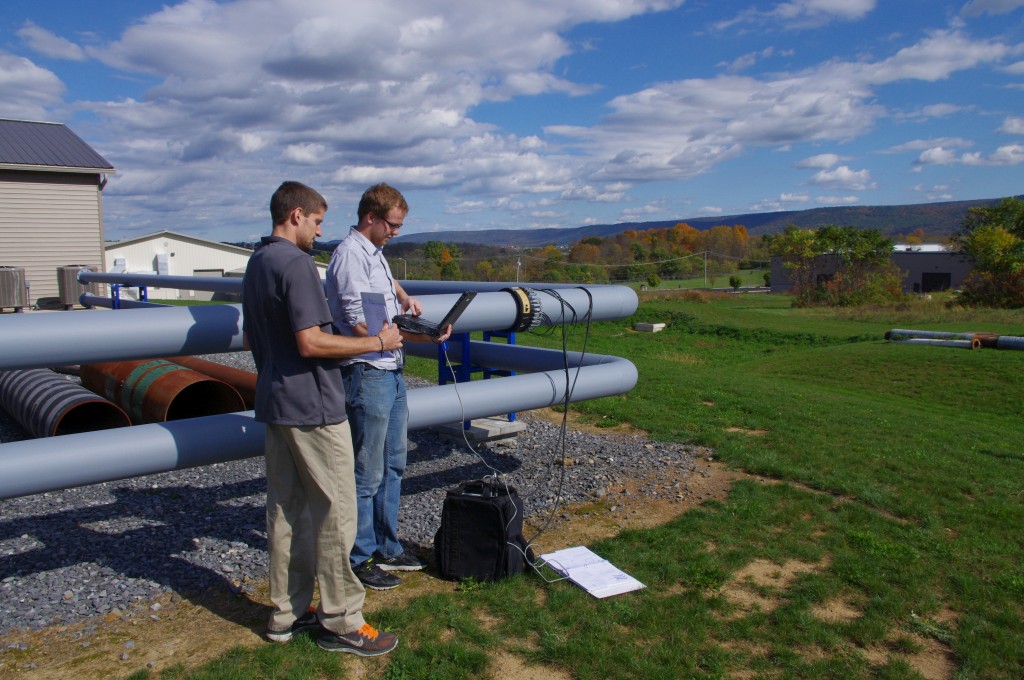 Course Overview
Course Overview
This training course provides guided wave inspectors with knowledge and hands-on experience with basic guided wave theory, operation of the UltraWave hardware and software, data collection procedures, and basic data analysis for basic pipe configurations. The course comprises lectures, in-class data review, hands-on data collection, and independent data review. The course is approximately 1/3 in-class and 2/3 hands-on and data review. The course concludes with a written examination, a practical examination, and an analysis/reporting examination.
Objectives
Successful graduates of this course should:
- have a basic understanding of guided waves in pipes and the fundamentals of how the UltraWave guided wave system works
- be able to assemble the UltraWave hardware, install a collar on a pipe, carry out a system calibration and data quality check, and disassemble the system
- be able to navigate the UltraWave software to set up jobs, collect data, analyze data, and generate reports
- be able to carry out preliminary analyses of UltraWave guided wave data from basic pipeline configurations, including straight sections of pipe sections up to 600’ in length
- collect and interpret axisymmetric F-scans and A-scans as well as synthetic and active focusing data
- understand the basic capabilities and limitations of the technology
Course Topics
- Fundamentals
- Responsibilities of Level 1, 2, and 3 guided wave inspectors
- Common defects in pipelines
- Guided waves in the framework of a pipeline integrity management program
- Introduction to guided waves for NDT
- The UltraWave LRT system
- Operation and assembly of the hardware components
- Navigation and operation of the software
- Manufacturer-recommended inspection procedure
- Guided Wave Inspection Theory and Concepts
- Fundamentals of waves
- Bulk wave ultrasound and ultrasonic testing (UT)
- Basic guided wave theory
- Theory of guided waves in pipes
- Guided wave focusing methods
- Application of guided wave theory to real-world inspections
- Overview of ASTM standards for guided wave inspection
- Preliminary Guided Wave Data Analysis
- Creating sketches and recording pipeline information
- Recognizing data quality
- Interpreting the F-scan and A-scan waveforms
- Generating and interpreting synthetic and active focusing scans
- Identifying known reflectors such as welds, supports, and other features
- Identifying phantom indications
- Setting DAC curves
- Classifying defects
- Generating reports
Scope
This course is intended to provide students with a basic understanding of guided waves in pipes, to provide them with the knowledge and tools to follow an inspection procedure to collect high-quality guided wave data on basic pipelines perform a preliminary analysis of data from these pipelines, and to provide them with a knowledge of the functionality and operation of the UltraWave LRT hardware and software. Basic pipelines are considered to be straight, above-ground pipeline sections up to 600’ in length with mildly attenuative coatings. The scope of this course is based on international standards and practices.